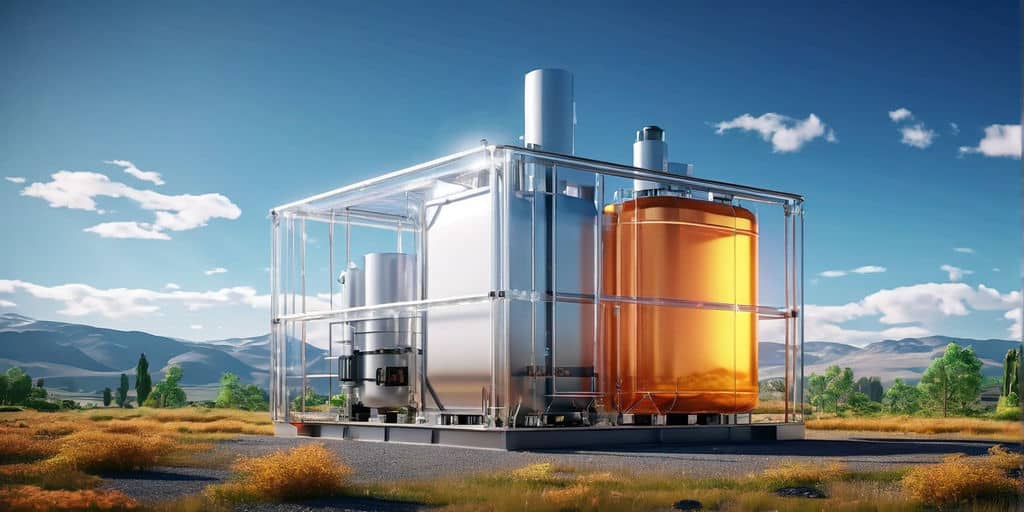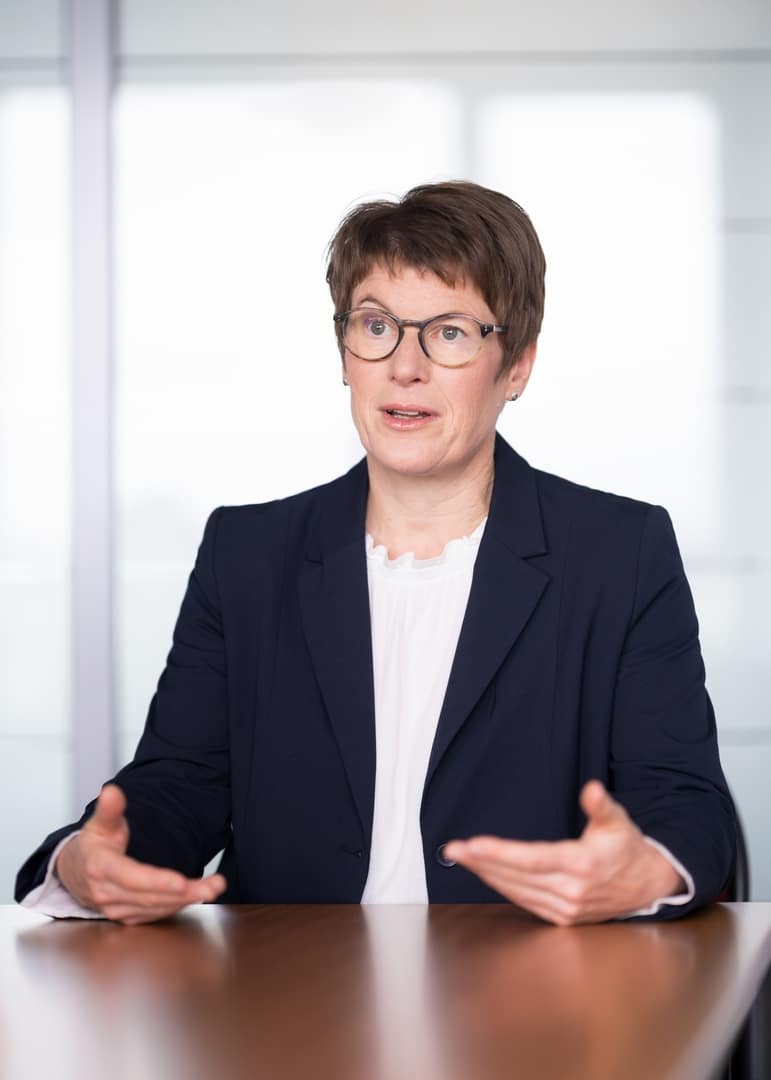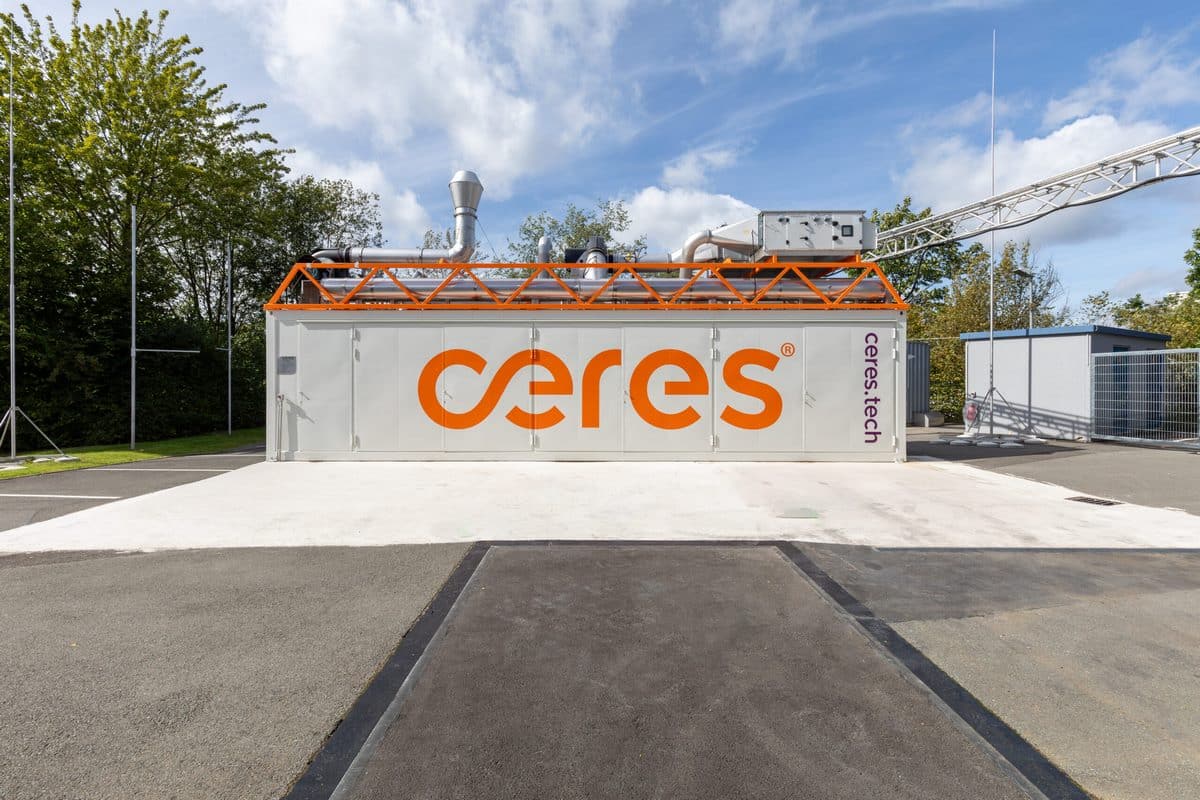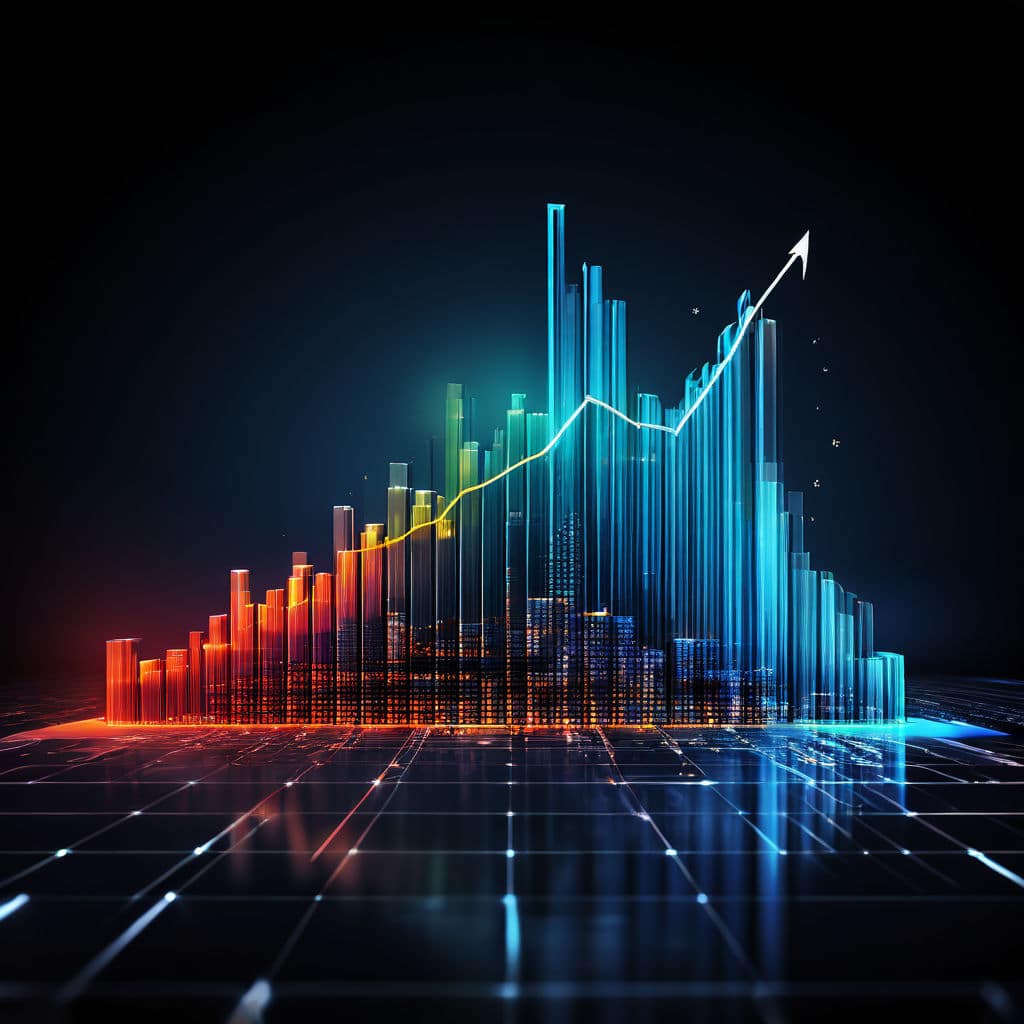Hydrogen Regions, Part IV: HyExpert project – HyAllgäu
Before the start of the HyExperts study, the plethora of ideas surrounding hydrogen development in the Allgäu region near Lake Constance resembled a thread with many loose ends. But now thanks to the HyExperts funding program, backed by the German transport ministry and overseen by NOW, it’s been possible to quickly put forward concrete plans for a local field trial with the aim of producing and utilizing 1,000 metric tons of hydrogen a year in Allgäu. NOW’s HyLand initiative for the development of hydrogen regions in Germany has therefore given crucial impetus to the transformation of this area into a hydrogen economy.
The outline submitted by the project team detailed tight constraints and high barriers for the efficient and profitable use of hydrogen in Allgäu. While many other plans call for a change in state rules, the HyAllgäu project concentrates on tackling any hindrances and finding appropriate solutions. Key performance indicators and strategic guidelines, such as the upper limit on production costs for “green regional hydrogen” from Allgäu of EUR 5 to EUR 6 per kilogram of hydrogen meant that the evaluation of suitable locations was a primary consideration. To keep within the limits imposed, green electricity would therefore have to be supplied to the electrolyzer at a maximum of EUR 0.05 per kilowatt-hour. Consequently, external power, power from plants which still receive government allowances or that have unfavorable production costs, and plants with insufficient hours of full utilization were deemed to be unsuitable in terms of meeting the above target price.
District climate officer Simon Steuer succeeded in initiating the feasibility study, a joint project by the Oberallgäu district and the town of Kempten, in record time. Engineering company bluemove consulting, BMC, was commissioned to carry out the research with director Arthur Dornburg at its helm. Scientific support is being provided to the project by the Kempten University of Applied Sciences under the direction of Werner Mehr.
Sewage plants provide excellent foundation
Given the numerous schemes to convert wastewater’s energy potential into electrical power, the water treatment industry has long been considering the part that its plants could play in hydrogen production. The water treatment plant in Kempten, AVKE, together with its technical manager Franz Beer, was among the instigators of the HyAllgäu project. Since 2017, a continuous surplus of electrical power has been generated by regional wastewater treatment processes through the exploitation of sewage gas. This source of green electricity, which has a high number of full utilization hours, offers an ideal opportunity for the production of local green hydrogen at competitive prices. Therefore an initial quantity of around 50 metric tons of hydrogen a year was already considered a realistic volume at the time the project outline was submitted.
Water treatment plants also have the added advantage that the oxygen from the hydrogen production process can be used directly in biological cleaning, thus further optimizing the use of excess power. AVKE is planning to take further steps to increase the amount of sewage gas available for power generation. Alongside co-substrates e.g., from the region’s dairy industry, feedstock is also expected in the form of excess methane-based biogas from the neighboring digestion plant, ZAK, making the facility an ideal partner. This contribution will allow annual hydrogen production at AVKE to increase to over 100 metric tons a year.
… Read more in the latest H2-International e-Journal, May 2021
Author: Arthur Dornburg, GF bluemove consulting GmbH & HyAllgäu Project Leader

























0 Comments